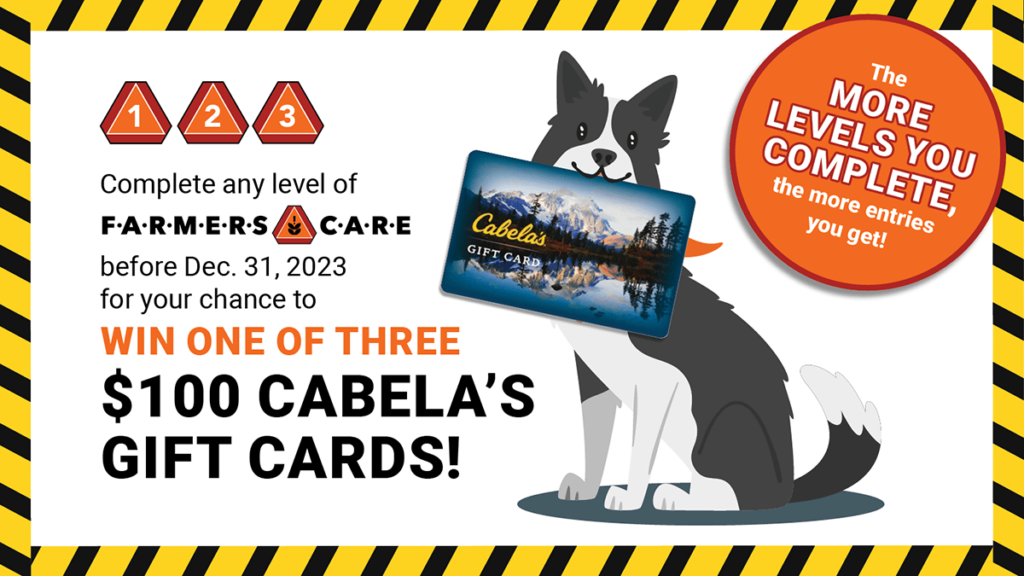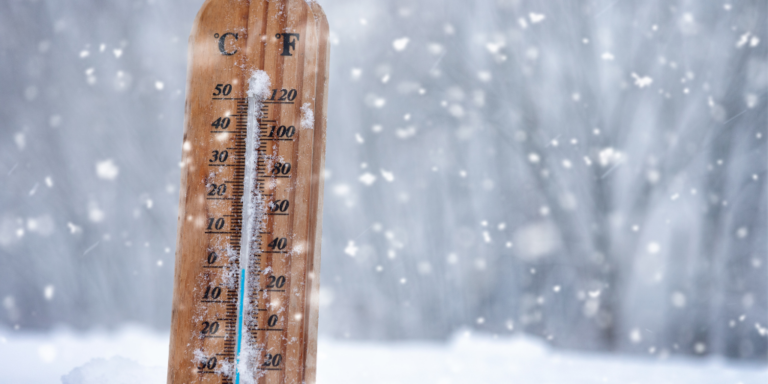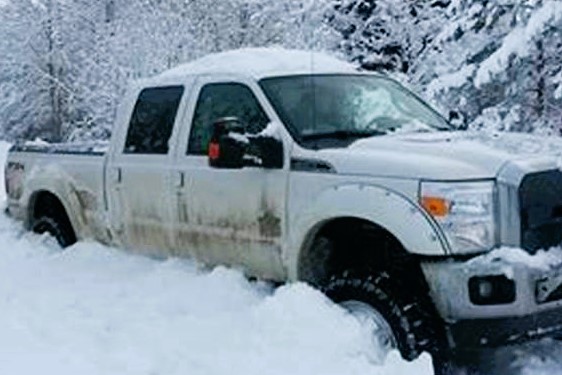
It Happened To One of Us
2019 Incident Summary
(Incident source: Blanchard, Karine. 2019, January 08. “Fatal poisoning in Bromont.” La Voix de l’Est. January, 08. https://www.lavoixdelest.ca/2019/01/09/intoxication-fatale-a-bromont-4f68bcb443268221b5332be58782ef94/ )

One morning in early January 2019, a farmer was found deceased in the barn where he housed his chickens. He was discovered by concerned relatives who had not heard from him.
The investigation into his death revealed the following:
- The barn’s ventilation system was shut down.
- The farmer had died of carbon monoxide poisoning.
- It was believed that the propane heater used to warm the barn had malfunctioned, resulting in carbon monoxide being produced.
Below is a list of the recommendations made by the coroner involved in the investigation. Each recommendation also includes supporting information that will help you in meeting it.
Recommendation 1:
Educate members on the dangers of carbon monoxide.
- The Alberta Government created a Carbon Monoxide at the Work Site bulletin that can help you on your farm. You can download it by clicking HERE.
- ATCO Gas has created a carbon monoxide checklist that can help identify potential issues. You can download it by clicking HERE.
Recommendation 2:
Remind producers about the principles of adequate ventilation in poultry barns.
- The Ontario Ministry of Agriculture, Food and Rural Affairs has developed an excellent resource to support producers with this; it is called Ventilation for Livestock and Poultry Facilities, Publication 833, and it can be downloaded for FREE by clicking HERE.
Recommendation 3:
Ensure producers are aware of the need to properly maintain heating systems.
- Get familiar with your heating system and what the manufacturer recommends. If you can’t find the paper copy of your manual, go to the manufacturer’s website, as many manuals can be downloaded there, or contact the manufacturer directly.
- Contact a reputable local heating service company to help you confirm your system is functioning properly and perform any necessary maintenance.
Listen to this Alberta veterinarian’s frightening experience
with carbon monoxide by clicking on the link below.

Remember to Check Your Furnace Filters!
In 2023, Alberta saw more than its fair share of wildfires and wildfire smoke. As a result of this, furnace filters, ventilation system filters, etc., would have needed to be changed far more frequently than normal.
Take a few moments to check the filters around your farm and ensure they are in good condition and immediately change any that are not.

Working in Cold Weather

When working in cold weather, be on the lookout for any of these serious conditions, all of which require immediate and appropriate action:
Frost Nip: Outer layers of skin become extremely cold and turn white in colour but are not yet frozen. The ears, nose, cheeks, fingers and toes are commonly affected. Skin may look red and feel numb when touched. Affected individuals should go someplace warm and gently rewarm the area through skin-on-skin contact (do not rub the area).
Frost Bite: Both the outer skin and underlying tissues freeze. Affected areas may look white and feel hard when touched. Affected individuals require medical attention. Where possible, gently rewarm the affected area through skin-on-skin contact (do not rub the area).
Hypothermia: The body temperature drops from its normal temperature of around 37°C to less than 34°C. Someone suffering the effects may begin to have trouble walking or speaking and lose dexterity in their hands and fingers. Shivering may be severe or stop completely. If left untreated, may lead to a loss of consciousness or death. Affected individuals require immediate medical assistance. Place the person between blankets or towels so that their body temperature can slowly rise while enroute to the hospital or while waiting for emergency medical personnel to arrive.
For more information on working in extreme temperatures and how to treat the effects, take a few moments to look at WorkSafe Alberta’s Best Practice – Working Safely in the Heat and Cold.
Download AgSafe Alberta’s Toolbox Talk Things to Remember About Extreme Cold HERE.
Safety First, Last Thoughts
Winter Travel Basics

Winter driving can be a challenging task, even for the most experienced drivers. Staying aware of the conditions and hazards, as well as taking steps to eliminate or control them, is essential.
- When driving conditions are poor, avoid travel unless it is absolutely necessary. By staying off the roads altogether, you can eliminate the hazard.
- Identify ways to reduce the risk of travel. These can include:
- Ensuring the driver has enough and the right types of winter driving experience.
- Ensuring the vehicle is well maintained and equipped for the conditions.
- Does the vehicle have winter tires that are in good condition?
- Does the vehicle have four-wheel or all-wheel drive?
- Does the vehicle have a fully equipped first aid and winter driving emergency kit?
- Does the vehicle contain other important items, such as1:
- ✔️Sand, salt or non-clumping cat litter
✔️Tow rope
✔️Fire extinguisher
✔️Antifreeze and windshield washer fluid
✔️Jumper cables
✔️Warning lights, road flares, hazard cones
- ✔️Sand, salt or non-clumping cat litter
- Plan your route. This will include:
- Checking the weather reports before travel.
- Checking resources such as Alberta 511 and AMA Road Reports for conditions and incidents.
- Choose the route that will be the safest (not necessarily the fastest). Base your route things like conditions and the ability to stop and seek food or shelter if necessary.
- Have a journey management/travel plan. This will include:
- Having a check-in system with someone who is not travelling (similar to a working alone plan).
- The check-in person who is not travelling will need to know:
- The name of the driver and passengers.
- The contact information for the driver and all of the passengers.
- Vehicle identification information.
- The route of travel. If this route changes for any reason, the check-in person will need to be told right away.
- The destination(s).
- How and when the check-ins will occur. Base the frequency on what is reasonable for the circumstances.
- What to do if a check in is missed.
You can share this information with your farm team by downloading AgSafe Alberta’s Toolbox Talk Winter Travel Basics HERE.
CONTACT US
For general inquiries: info@agasafeab.ca /403-219-
For our hotline for incidence assistance: 1-833-9AGSAFE
